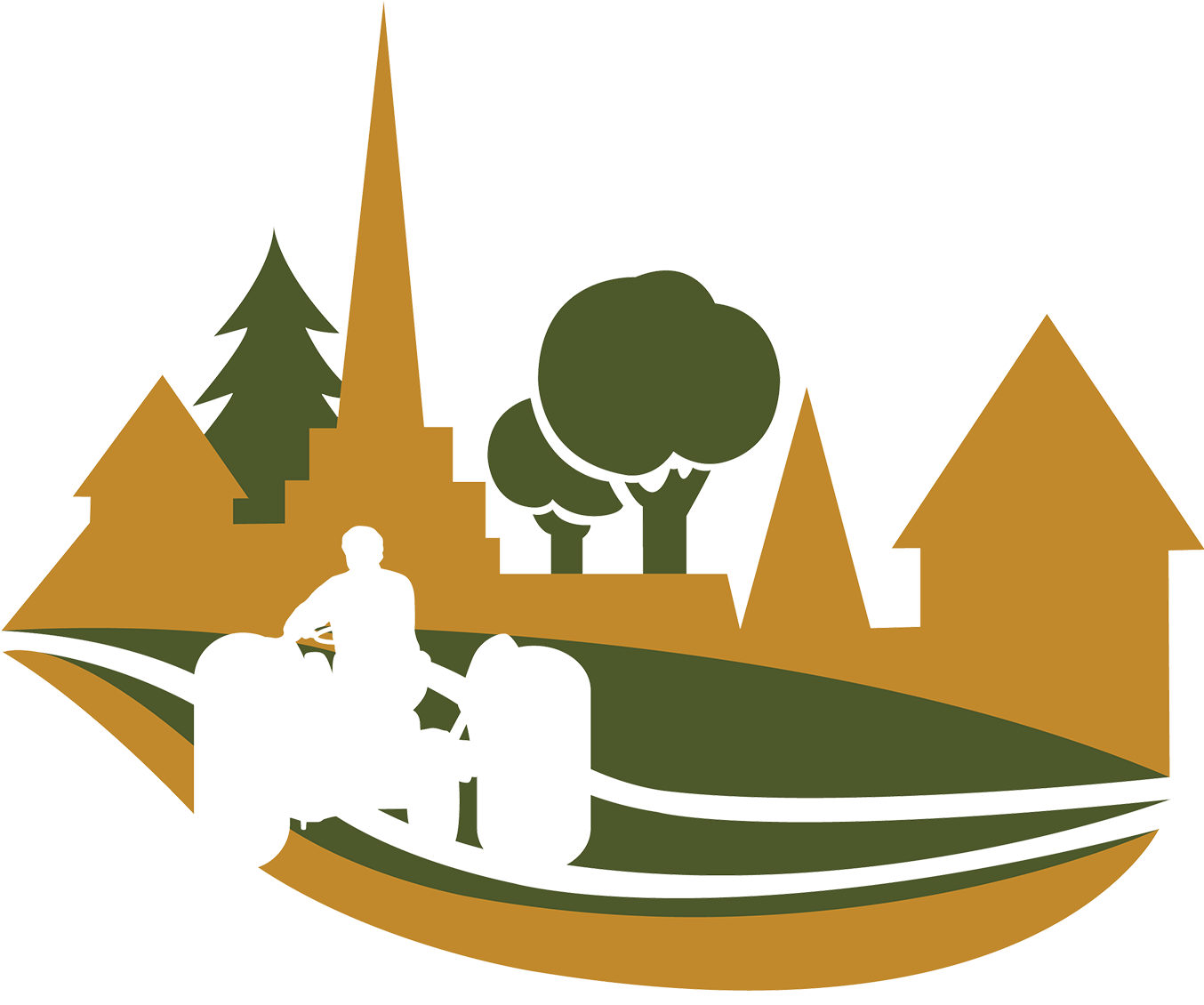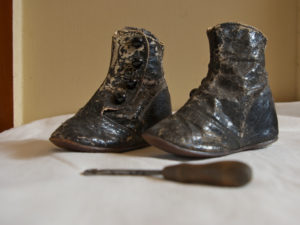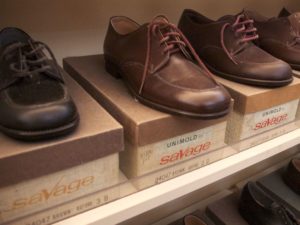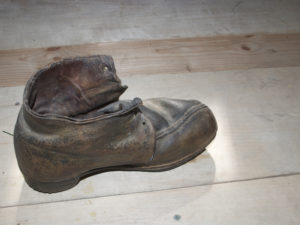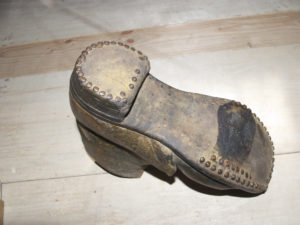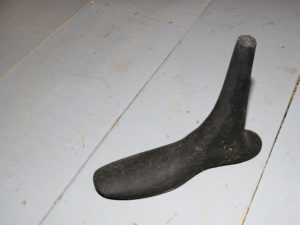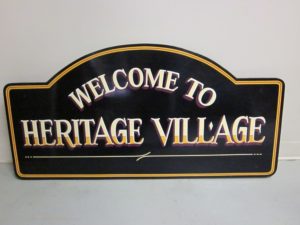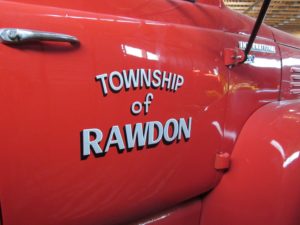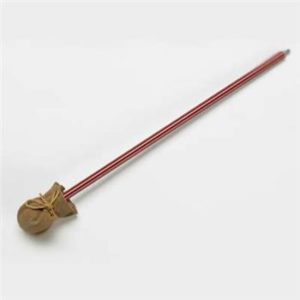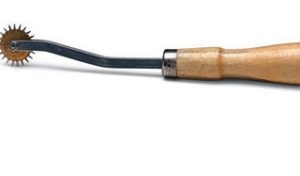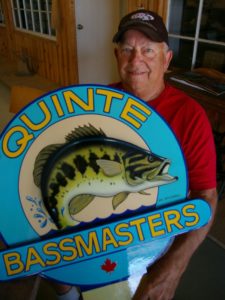Our
Stories
The volunteers at Farmtown Park and people in the rural community have memories of life in Hastings County. They also have valuable skills they would like to share about growing crops, caring for animals, making cheese and butter, and all the domestic arts like cooking, preserving, spinning, weaving and knitting. We are collecting stories and showcasing our collection online.
Cheese making
Hastings County Cheese Factories 1910
These are some of the images of cheese factories in Hastings County taken by unknown photographers in about 1910. If you have any photographs of cheese factories or of cheese making, please get in touch with us at info@farmtownpark.ca or (613) 395-0015.
Making Cheddar The Traditional Way
Come on a tour of the Dairy Building at Farmtown Park and learn about the history of cheese making. Explore the barn, visit the cheese factory and watch the videos. They still make Cheddar cheese at Maple Dale Cheese in Plainfield, Ontario using traditional methods. This short video gives one some idea of the physical labour involved.
Norm MacWaters’s Long Career In The Cheese Industry
Norm MacWater has worked in the cheese industry for over 50 years as a cheese and butter factory inspector, policy maker and now as a cheese grader. He has donated many artifacts to the Hastings County of Agricultural Heritage.
History of Cheese Making
Cheese making started commercially in Hastings County around 1864. By 1920, there were cheese factories on each concession run as co-operatives by the farmers who lived within easy distance of the factory. The cheese was boxed and shipped to Belleville, usually by train, to be sold to dealers and then transported to Great Britain.
The video The History of Cheese Making in Hastings County was made a number of years ago before the Memorial Garden was planted at the front of Farmtown Park.
The Dutch Clock
After WWII, the Cheese Producers Association and the Province of Ontario wanted to modernize the cheese industry. In 1956, Charlie Heath from Stirling and Everett Biggs; deputy minister of agriculture for Ontario, went to a flower auction in Aalsmeer, Holland and saw the Dutch Clock auction system in action. In this type of auction the base price is set and the clock runs backwards. Bidding is stressful. The buyers press a button to make a bid. Press too soon and you pay too much, press too late you and lose to another bidder.
Heath and Biggs came back to Ontario with the large green and white Dutch Clock that is now at the museum. It cost $1,200 to buy and $3,000 to install. The first auction was in Kingston on July 12, 1956. In 1959, the clock was moved to Belleville and was used by the Milk Marketing Board which took over from the Cheese Producers Association, to auction cheese.
Harvesting
For thousands of years, farmers threshed grain by hand using flails. In 1784, Andrew Meikle, from East Lothian, Scotland, invented the first successful threshing machine. Beginning around 1870, similar threshers were used in Ontrario. In this video, Roy Rogers demonstrates the use of a “ground hog thresher.”
Making Apple Cider
There is an apple display in the Dairy Building at the museum. The Morton family donated an old cider press, which they used to make apple cider. Rodney Cooney of Cooney Farms still makes cider each year, although now they bring in apples from the Brighton area. In this video, Rodney describes the purpose-built stainless steel crusher and press they use and talks about a time when they grew apples at Cooney Farms.
Welmans Women’s Institute Red Cross Quilt 1915
The discovery of a century-old unfinished quilt has created as many questions as answers for the Wellmans Women’s Institute. If you recognize any of the names or know anything about the quilt please get in touch with Margaret Grotek or Louise Livingstone at info@farmtownpark.ca.
Story of a Shoe Store
The Shaw Family bought the shoe shop on Mill Street, Stirling in 1967 from William Cairns and when they closed they donated many artifacts to the Hastings County Museum of Agricultural Heritage. These artifacts are displayed in the shoe shop in Heritage Village. The shoe shop in Mill Street was originally opened by Mr. and Mrs. George Reynolds in 1908. George Reynolds ran a shoe repair business and his wife and daughters ran the store.
“We all went there together,” said Wayne Shaw. “It was a four way partnership between Milton and Edna Shaw, and Wayne and Helen Shaw. Bill Cairns had bought it as a shoe store. He was the shoe repair man. The Cairns sold shoes rather than making them. Their son Ted was a saddle maker and he worked out in a tack shop at the back. He moved his business to a new building on the corner of Front Street and John Street. Harness maker and museum volunteer Glen Floud worked there.
When asked why they thought of shoes and if they knew anything about shoes, Helen Shaw said, “No, not a thing. Wayne’s mother did. She used to work in Eaton’s shoe department in Belleville. She was the only one who had any idea about what you should do with shoes other than wear them.”
Every Sign is a Work of Art
Art McConnell is a sign artist in Stirling, Ontario. He has painted many of the signs at Farmtown Park. He describes the art of sign painting and his long career as a sign artist.
“I have been painting signs for over 50 years. I started when I was 17 and I took a correspondence course with ICS. It took me three years to complete the course. I could have probably completed it sooner but as a 17 year old boy, I had other interests as well the correspondence course. Both my parents were supportive. My father did quite a bit of sign writing. He was a house decorator and painter and he did signs. There was interest and support for me there.
“The first sign I did was when I was still going to high school. The shop teacher needed a sign to display at the fair. Then a friend needed a truck lettered. There are a few of my old signs still around. An interesting thing is in the 60s to letter two doors on a truck was in the $10 – $20 range, now it costs $200 or as high as $400 and $500.
“When one loads a brush with paint it should look like a chisel. It is harder to get sharp corner. Each brush is different. If you had six brushes, all number 6, you would have one pet brush or quill that really works well. Try and take care of all your brushes, cleaning them of all oil based paints. A solvent is used for thinning paint and that’s what you use to clean the brush. I then oil them in case any is up in the hair. There is a brass wire to hold the brush in. The handles of all your brushes will pull out of quill. I don’t know why that is but it is the way they are still made. That was the way they were made a hundred years ago, some things really haven’t changed.
“I use a mahl stick. This is a stick, 24 – 30 inches long, with a rubber ball 3/4 inches diameter at one end. The mahl stick is probably twice the size and the thickness of the pencil. The purpose of the mahl stick is like a third hand. Since I am right handed I hold the brush in my right hand. I hold the mahl stick in my left hand and I rest my right hand holding the brush on the mahl. It keeps your right hand out of the wet paint. I use the mahl stick for making straight lines or you can use it like a compass for doing curves. The rubber ball is stationary. If you want to do a circle or a perfect arc you can do it with the mahl stick.
“I have many customers that I have had for 20 and 30 years and they are still coming back.”
Stories from The Land
Dr. Jennifer Davis collected stories from 20 people in this area who live close to the land. This was part of her research for her doctorate at Queens University in the Department of Education. She is on the steering group of the A Growing Heritage project. This short video highlights some of the stories she was told.
